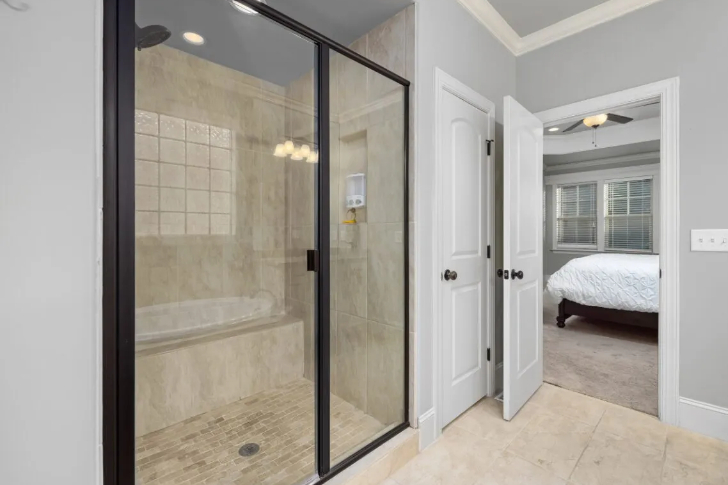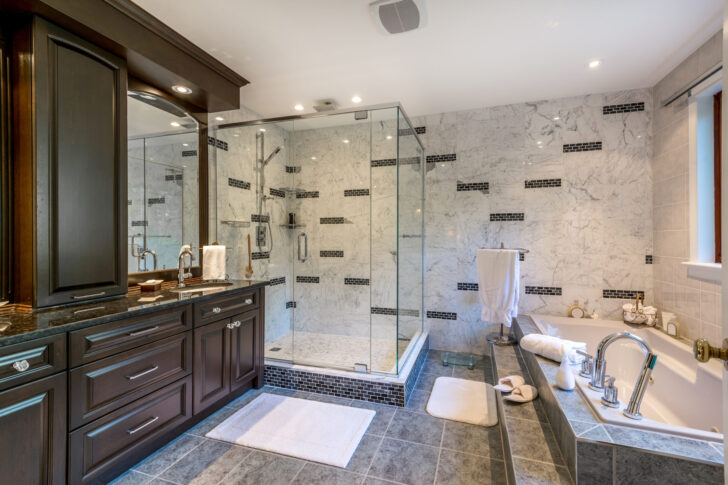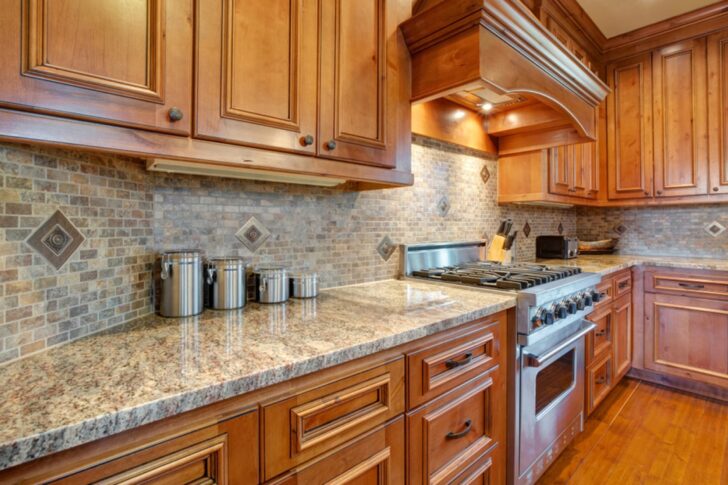As people age, mobility issues can make daily tasks, like bathing, increasingly challenging. For seniors, maintaining safety in the bathroom is critical, and a common solution to prevent falls and injuries is the installation of a walk-in shower.

However, the cost of this renovation can be significant, which may pose a barrier for older adults on fixed incomes. Fortunately, there are grants and assistance programs designed to help seniors finance the installation of walk-in showers, making it easier for them to maintain independence and safety in their homes.
This article provides an in-depth look at walk-in shower grants available for seniors, the costs associated with these installations, and options for funding this essential home modification.
The Importance of Walk-In Showers for Seniors
Falls are one of the leading causes of injury among older adults, and bathrooms are particularly high-risk areas. Traditional bathtubs and showers with high thresholds can be difficult to access, especially for seniors with limited mobility, arthritis, or balance issues. Walk-in showers, designed with low or no thresholds, offer a safer alternative. They eliminate the need to step over high edges, reducing the risk of slipping or falling. Additionally, these showers often come with safety features like grab bars, slip-resistant floors, and seating options, further enhancing safety.
For seniors who wish to age in place and maintain their independence, installing a walk-in shower can be a crucial step. However, the costs associated with this home modification can be prohibitive, especially for those living on limited incomes.
Costs Associated with Walk-In Shower Installations
The cost of installing a walk-in shower can vary widely depending on factors like the size of the bathroom, the materials used, and the complexity of the installation. Generally, the cost of a walk-in shower installation ranges from $3,000 to $8,000 or more. Below is a breakdown of the potential costs:
| Component | Cost Range | Description |
|---|---|---|
| Walk-in Shower Unit | $1,000 – $3,000 | Includes prefabricated units with basic features, up to custom units with premium materials. |
| Installation Labor | $500 – $2,000 | Labor costs vary based on complexity and location. |
| Grab Bars and Safety Features | $100 – $500 | Includes grab bars, non-slip flooring, and built-in seating. |
| Plumbing Adjustments | $500 – $1,500 | Costs to adjust or relocate plumbing, depending on the layout of the bathroom. |
| Tile and Waterproofing | $1,000 – $3,000 | Includes materials for tiling and waterproofing the shower area. |
| Total Costs | $3,000 – $8,000+ | Full cost including unit, labor, and additional safety features. |
Given these costs, it’s easy to see why many seniors may require financial assistance to make these modifications.
Walk-In Shower Grants for Seniors
Several organizations, including government programs, nonprofits, and private foundations, offer grants to help seniors cover the cost of installing a walk-in shower. Below are some of the key sources of financial assistance available.
1. Medicaid Home and Community-Based Services (HCBS) Waivers
Medicaid offers several programs aimed at helping seniors age in place, and some states offer Home and Community-Based Services (HCBS) waivers. These waivers can be used to fund home modifications, including walk-in showers, if they are necessary to ensure the safety and independence of the individual.
Each state has different guidelines for HCBS waivers, and not all states cover walk-in showers specifically. However, for seniors who qualify for Medicaid, this can be a valuable resource. It is important to check with the local Medicaid office to determine eligibility and coverage.
2. Veterans Affairs (VA) Grants
Veterans may be eligible for several grant programs offered by the Department of Veterans Affairs (VA) to help with home modifications:
- Specially Adapted Housing (SAH) Grant: This grant is available to veterans with service-connected disabilities, allowing them to make modifications such as installing a walk-in shower. The SAH grant can cover up to $109,986 in 2024.
- Special Housing Adaptation (SHA) Grant: This is another VA program that helps veterans with disabilities make modifications to their homes. The SHA grant provides up to $22,036 for 2024.
- Home Improvements and Structural Alterations (HISA) Grant: This grant provides funds for any veteran (service-connected or not) to make medically necessary home modifications. The HISA grant can provide up to $6,800 for veterans with service-connected disabilities and up to $2,000 for non-service-connected veterans.
3. Department of Housing and Urban Development (HUD) Programs
HUD offers several programs designed to help low-income seniors and individuals with disabilities modify their homes. While not all programs are specifically for walk-in showers, they can be used for a variety of home modifications to improve safety and accessibility:
- Section 504 Home Repair Program: Administered by the U.S. Department of Agriculture (USDA), this program offers loans and grants to very-low-income homeowners to repair and improve their homes. Seniors 62 and older may qualify for grants of up to $10,000 for safety improvements, including walk-in shower installations.
- Community Development Block Grants (CDBG): CDBG funds are distributed to local governments, which can then provide grants or low-interest loans for home modifications. Seniors should contact their local government to inquire about CDBG programs in their area.
4. Nonprofit Organizations
Several nonprofit organizations offer financial assistance to seniors for home modifications, including walk-in shower installations:
- Rebuilding Together: This nonprofit organization provides free home repairs and modifications to low-income homeowners, particularly seniors and veterans. Local affiliates of Rebuilding Together may be able to help with walk-in shower installations.
- Area Agencies on Aging (AAA): AAAs often have funding available to help seniors with home modifications. They may also be able to connect seniors with local organizations that provide financial assistance for home renovations.
- Habitat for Humanity: In addition to building homes, Habitat for Humanity offers home repair services in some areas. Seniors may be eligible for assistance with home modifications, including bathroom renovations.
5. State-Specific Programs
Many states offer additional programs to help seniors with home modifications. For example:
- California offers the Multipurpose Senior Services Program (MSSP), which helps seniors with home modifications and safety improvements, including walk-in showers.
- New York State offers the Expanded In-Home Services for the Elderly Program (EISEP), which can cover home modifications to help seniors remain in their homes safely.
It’s important for seniors to research programs in their specific state, as eligibility requirements and available funding may vary.
6. Private Foundations and Charitable Organizations
Some private foundations and charitable organizations provide grants or low-interest loans to help seniors with home modifications. Examples include:
- The Harry and Jeanette Weinberg Foundation: This foundation offers grants to improve housing for seniors, with a focus on accessibility.
- The Home Depot Foundation: The Home Depot Foundation’s Veteran Housing Grants Program supports nonprofit organizations that modify homes for veterans in need.
Applying for Walk-In Shower Grants
The application process for grants can vary depending on the organization offering the funding. Here are general steps to follow when applying for a walk-in shower grant:
- Determine Eligibility: Start by reviewing the eligibility requirements for the grants you are interested in. Some grants are income-based, while others may require proof of disability or military service.
- Gather Documentation: Be prepared to provide documentation such as proof of income, medical need (for some grants), and homeownership.
- Submit Applications: Apply to as many relevant programs as possible to increase your chances of securing funding. Pay attention to deadlines and required materials.
- Follow Up: After submitting an application, follow up with the organization to ensure that your application has been received and to inquire about next steps.
Conclusion
Installing a walk-in shower can significantly improve safety and quality of life for seniors, but the associated costs can be a major barrier. Fortunately, there are numerous grants and programs available to help seniors finance these home modifications. From Medicaid waivers and VA grants to nonprofit organizations and private foundations, seniors have a variety of options to explore. By taking advantage of these resources, seniors can make necessary home improvements and continue living independently in their own homes for years to come.











